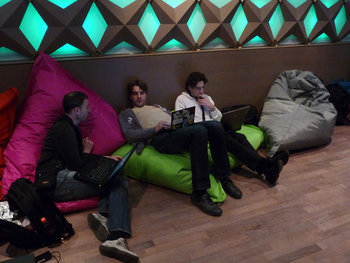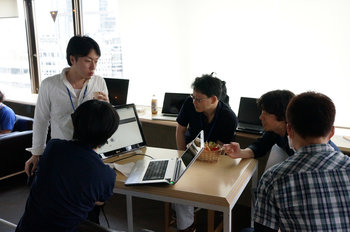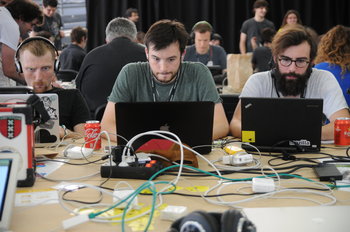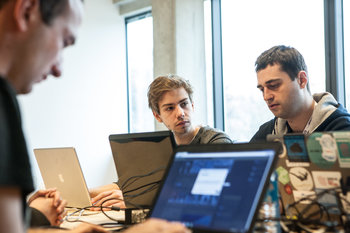
Hardware Virtualization
Sharing a physical computer including resources such as CPU, memory and network. This is done in a transparent way such that each virtual machine has an interface that is similar or identical to the physical computer. For example, a web server host may divide each server into 16 virtual machines in order to offer a market competitive price for web hosting. Each virtual machine will have access to 1/16 of each resource on the machine minus some overhead required by the virtualization.Platform Virtualization
A platform that provides an interface that is independent of the machine. This allows you to write software once and then run it on any operating system and hardware supported by the platform.Sandbox
A sandbox is a security mechanism that runs untrusted software in a virtual environment. If the software makes malicious changes to the environment, the underlying computer system is unaffected.| Overview: Virtual Machine | ||
Type | ||
Definition | An emulated computer system. | |
Related Concepts | ||




























